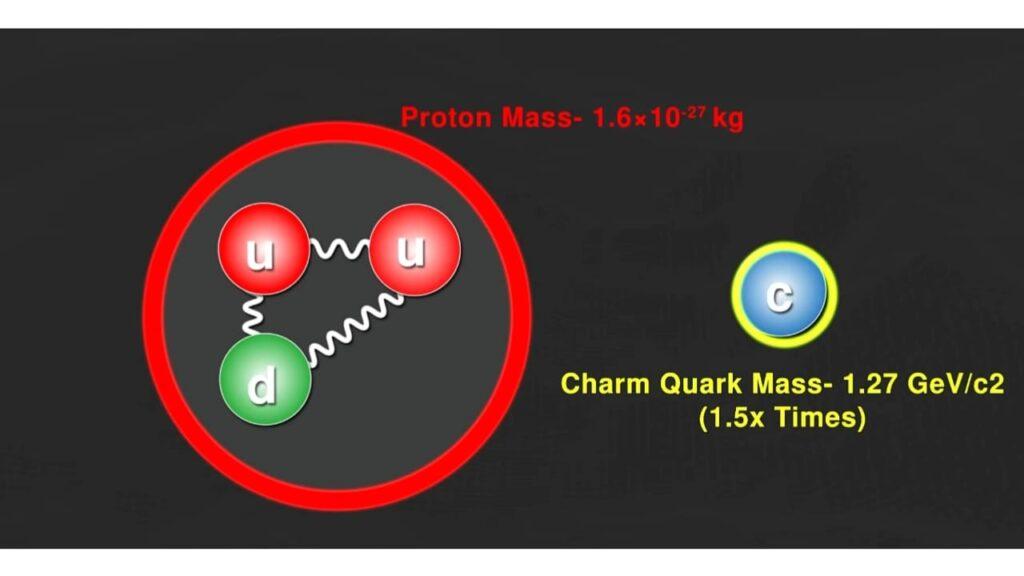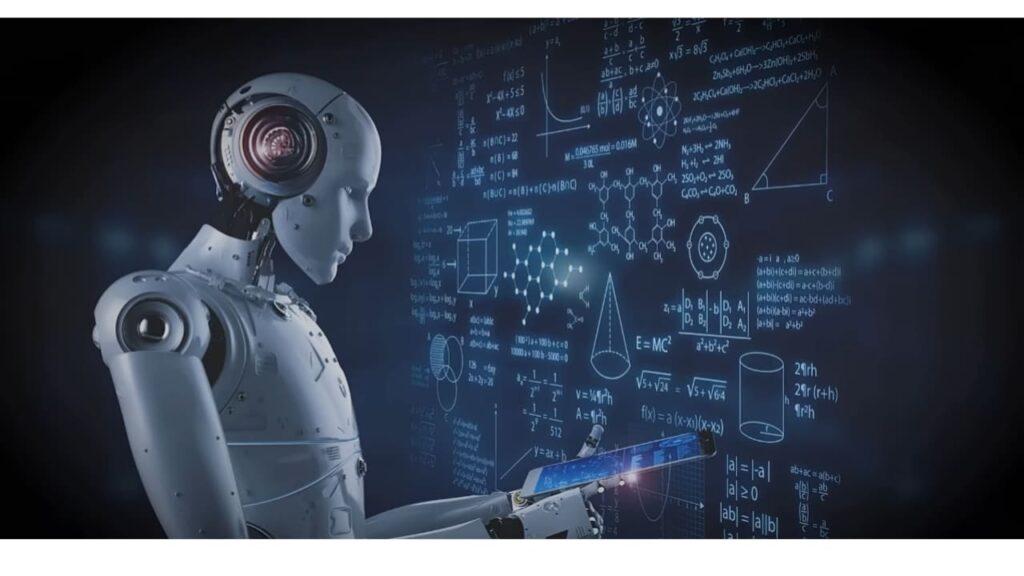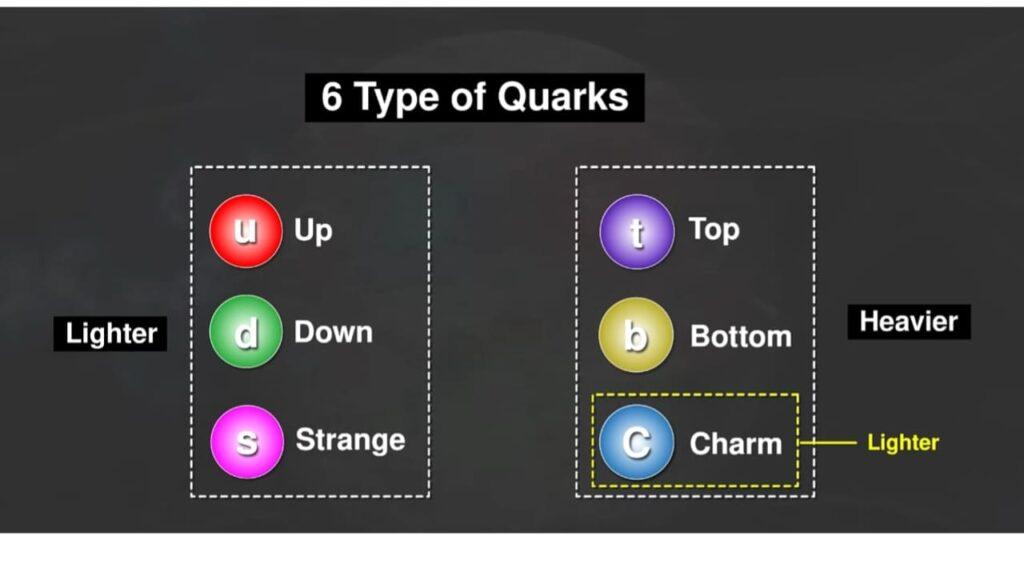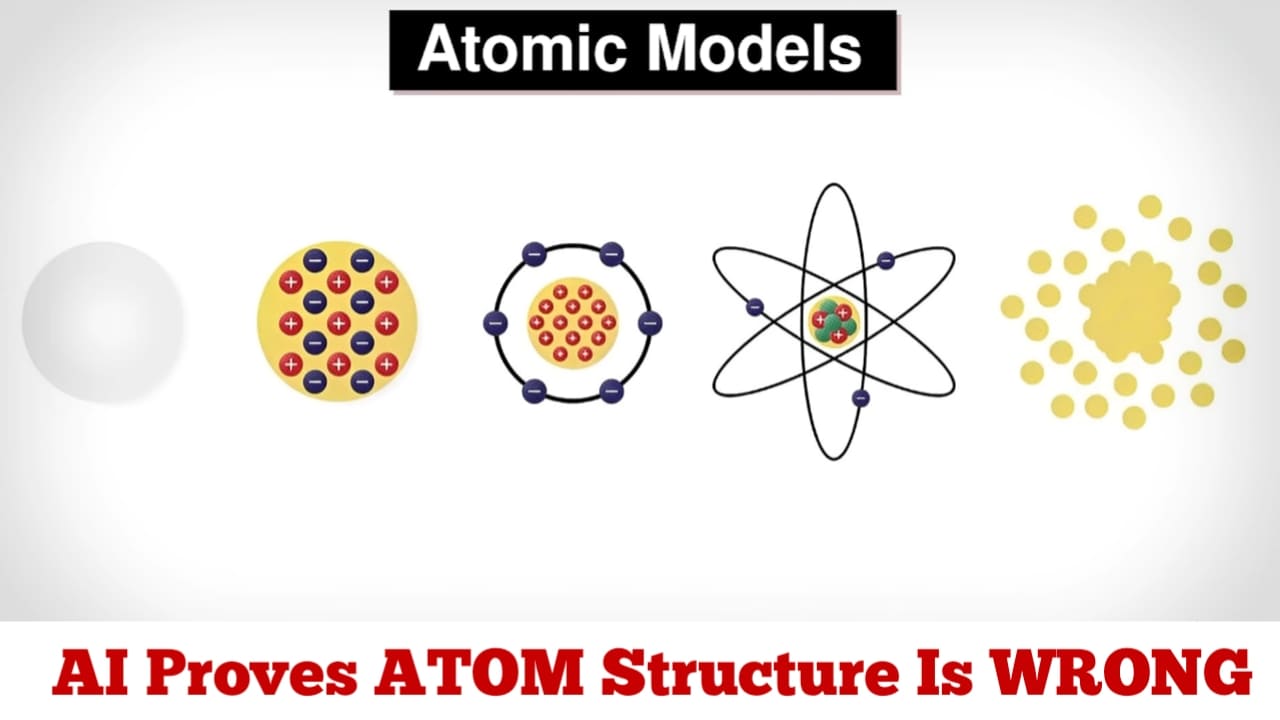AI Proves Atom Structure Is WRONG: The atomic models that we have been studying in schools and colleges are wrong. Because scientists have proven with the help of artificial intelligence that the fundamental structure of protons in atoms is wrong.
Atom Structure According to Them

There are up and down quarks in protons along with charm quarks. But the interesting thing is that the mass of this charm quark is 1.5 times more than that of a proton. This means that theoretically, there is no chance of finding it in a proton. But now, on the other hand, it is practically proven that this can happen.
And this has happened with the help of Atom Structure And models from the very beginning. In the 1900s, people used to think that an Atom Structure is the smallest particle. But in 1911, Ernest Rutherford used his experiment to figure out all the atomic particles and their exact position. That in an atom, where are its fundamental particles, protons, neutrons and electrons?
In fact, in 1911, physicist Ernest Rutherford did the famous gold foil experiment to answer this question. In this experiment, he collided a beam of positive alpha particles with gold foil and saw that the majority of alpha particles passed through the foil.
But there were some particles that were bouncing back, that is, they were repelling. Now, the repellence of positively charged alpha particles was proving that there must be some positive charge at the point from which they are repelling. So, on the basis of this experiment, Rutherford presented a new atomic model,
in which positively charged protons and neutrons are present in the center of the Atom Structure, that is, in the nucleus. And there, electrons are revolving around that nucleus in circles. This atomic model of Rutherford was still incomplete. There was still a major flaw in it, which was later solved by his own student Niels Bohr.
In fact, according to Rutherford’s Atom Structure and model, electrons revolve around the nucleus in circles. And in this way, according to classical physics, they will emit radiations, due to which their energy will continue to decrease. As a result, the electrons will start spinning in a spiral, not in a circle, and eventually will collide with the nucleus and collide with the nucleus, causing the atom to become unstable.
Now, because of this instability flaw, Rutherford’s atomic model was proved wrong. But two years later, in 1913, a student of Rutherford, Niels Bohr, made some changes in his theory and presented a new Atom Structure and model. According to his Atom Structure and model, while electrons revolve in specific stationary orbits, they do not radiate energy.
Rather, this radiation occurs only when electrons jump from one orbit to another. Now, this theory was widely accepted due to a lot of genuine explanations and evidence. Scientists thought that maybe we don’t need to go any further because we have already found the smallest particles and their working mechanisms.
Until the year 1936, when some physicists discovered a particle whose properties were similar to that of an electron, but its mass was larger than that of an electron. I am talking about the year 1936, when American physicist Carl Anderson made a cloud chamber by freezing water vapor under an experiment.
Through this, he passed highly energized particles and in this experiment, he detected some particles that were negatively charged like electrons, but their mass was larger than that of an electron. And that’s why he classified these particles as new particles, which was named Nuance.
And in the next few years, scientists discovered a lot of such particles whose properties did not match that of protons or electrons. The number of these particles kept on increasing. Physicist Murray Gell-Mann and George Zweig thought that the particles that have been considered fundamental to this day, it is quite possible that those particles are also made up of some other particles.
And in 1964, a theory was presented on this, according to which all these particles, even protons, are made up of elementary particles called quarks, which decide the quantum properties of all these particles like charge and spin. They had also theoretically calculated some properties of quarks, but until then it was just a hypothesis and that’s why scientists started collecting experimental proofs of it.
And maybe at that time, it would have been possible if the technology had been quite advanced. And like today, a lot of AIs are present. Because where it took scientists many years to perform these experiments scientists did a lot of particle accelerating experiments in Stanford Linear Accelerator in California from 1976 to 1973. Where the electron was collided with the proton at a very high speed.
Because of which, the particles inside it could be detected by breaking the protons. And in the same way, they came to know that protons are actually made up of two up quarks and one down quark, which are connected to each other through gluons. Gluons are basically those particles that mediate strong nuclear force.
Atom Structure and Particles

Now, all these particles were so small that scientists had to repeat these experiments with different speeds of electrons many times to detect them. But in one such experiment, they found a charm quark in the proton, which was impossible to be there.
Because the mass of the charm quark is 1.5 times more than that of the proton. And that’s why scientists followed this theory that protons are made up of two up quarks and one down quark. But then quantum physics matured and it raised questions about the structure of protons again.
According to quantum physics, there is no fixed structure of a proton. And neither is it made up of only three quarks. In fact, it is made up of a quark only, in which all quarks and anti-quarks are present. But in the end, when we capture protons, then to conserve the properties of these protons like color charge and spin and to keep it stable,
all these quarks cancel out with their anti-quarks and only three quarks remain. We have been studying this so far. Now, until now, scientists had a theory and observations from SLAC. And that’s why they thought of studying protons in more detail.
And now, as we all know, there are six types of quarks. Up, down, top, bottom, strange, charm. And in these, up, down and strange quarks are on the light side. And charm, bottom and top are on the heavier side. And in this too, because charm quark is lighter in the list of heavier quarks,

that’s why scientists first thought of detecting charm quarks in the proton model. To open the raw shell of this proton model, to study elementary particles, scientists again used the world’s largest atom smasher, the Large Hadron Collider.
And for many years, protons collided with each other at high speed. But the results they got in these collisions were quite weird. I mean, they did get charm quarks in these collisions. But they had no proof of whether they were intrinsic or extrinsic. Basically, intrinsic means the quarks that are naturally present in protons.
And extrinsic means the quarks that are created due to external factors. Many scientists said that the quarks they got were gluons, which bind particles like glue. As we said, they carry a strong nuclear force. They formed due to their split. And according to scientists, the quarks that have been detected,
are the result of how all the gluons in high energies behave. But from these observations, they felt that charm quarks may exist on less energies than this. And that’s why they decided to continue this research. But after a while, they found out that if they keep doing this process manually,
then it will take many years for its accurate results. And then they got an idea that why not take the help of AI. Now, with the help of AI, instead of testing a single proton model at a time, they could test 100 or more than 1000 models at a time. And finally, they got the answer to the question they were waiting for.
For this AI testing, they trained the neural network to analyze proton collisions in the last 35 years. Now, as we know, every fundamental particle has its own wave function, i.e. physical state. And that’s why scientists put the wave function of up, down and charm quark in AI.
And analyzed the data of proton collision. So basically, how they analyzed it through neural networking, let’s understand it with the help of a simple example. Basically, there are three layers in the neural network. One input layer, which receives the input. The second output layer, which predicts the output.
And between these two, there is a hidden layer, which performs all the computations. Suppose this circle is the wave function of charm quark. The triangle is the wave function of down quark. And the square is the wave function of up quark. Now, let’s consider how this process exactly happened to understand it.
So first of all, the circle is divided into pixels. And each pixel is passed on to each neuron in the input layer as information. After that, the alternate neurons of the input layers are connected to the neurons of the next layer through channels.
And each of these channels has its own weight. As you can see on the screen. Then this weight is multiplied with the information sent in the input layer. And then the output of both is transferred to the neurons of the hidden layers. In the hidden layer, each neuron has its own numerical value.
Which is added with the value from the input layer. And is sent to the activation function. This activation function determines whether the particular neuron in the hidden layer should be activated or not. And then the activated data is transmitted to the neurons of the output layer.
And the same process is repeated in it. And this whole process is called forward propagation. Now, the neuron with the highest value in the output layer is activated and the output is detected. And the scientists also found out with the help of the wave function of the charm quark.
Whether there is a charm quark in the proton or not. And guess what? After analyzing the data of the last 35 years, they found out that there is a charm quark in the proton. After this result, theoretical physicist Tim Hobbs has decided to make an electron-ion collider for its solid evidence.
Because, in the same way, with the help of the Large Hadron Collider, the scientists had proved the existence of the Higgs boson particle for the first time. This particle also travels in its own field like the wave and other particles. Which is called Higgs field by the scientists.
But according to the famous scientist Stephen Hawking, Higgs field can become unstable very soon. And if this happens, then the whole universe can be destroyed
| 1. | Environmental impact on culture | Click |
| 2. | Cheese Fromage Overview | Click |
| 3. | Tobacco overviews | Click |
| 4. | The wine Maker’s Role | Click |
| 5. | Paper industries | Click |

